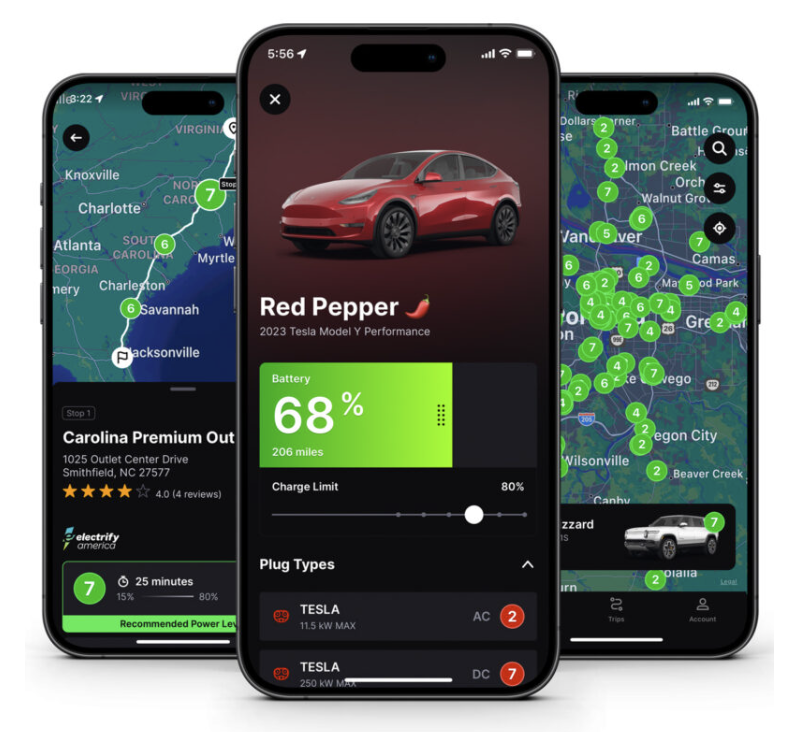Electric Vehicles 101: 2024 EV Buyers’ and Owners’ Guide
We’ve put this Electric Vehicle Guide together for those just getting their feet wet in the EV world. But we think you’ll find a few golden nuggets even if you’re a die hard EV owner like us. Our EV adventure began in 2016 with the purchase of a Tesla Model S with Full Self-Driving (FSD) after Elon Musk’s video was released showing his Tesla driving him to work hands-free and dropping him off at the front door of the office… Read More ›



